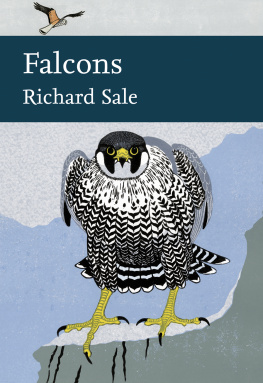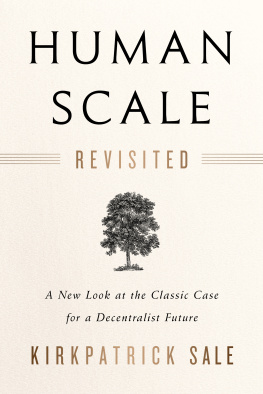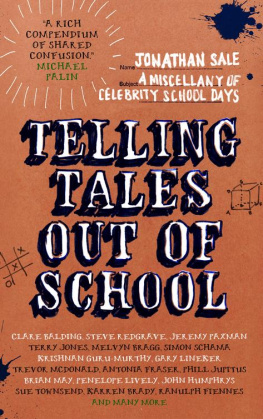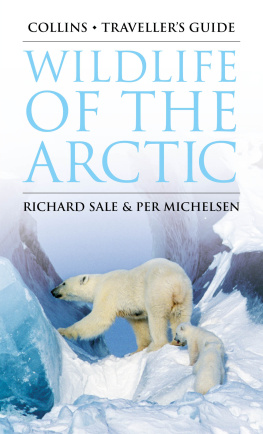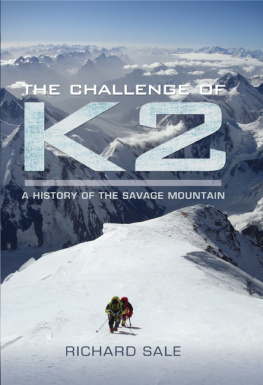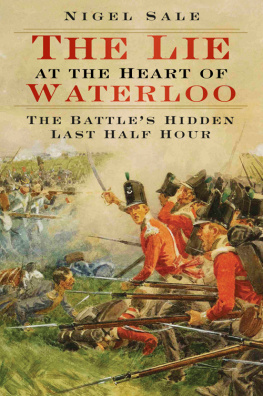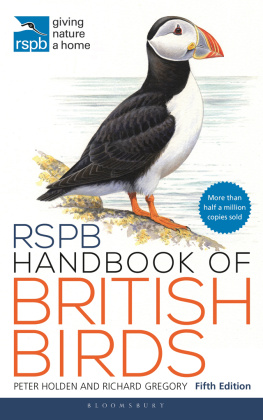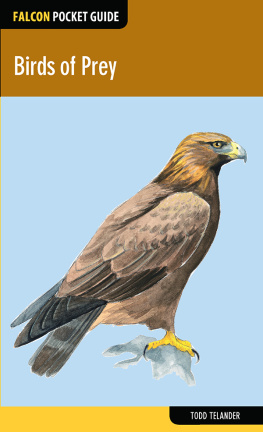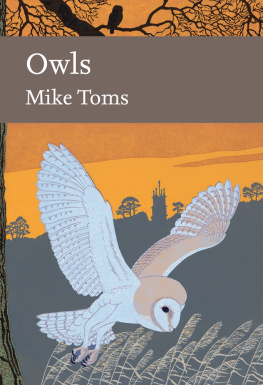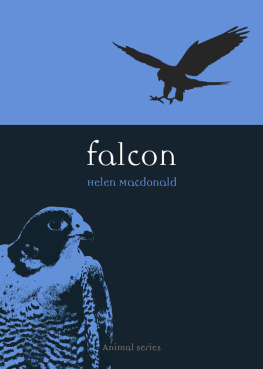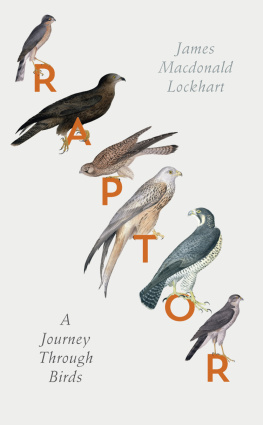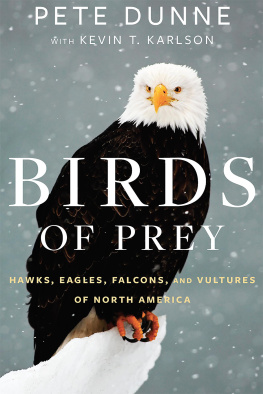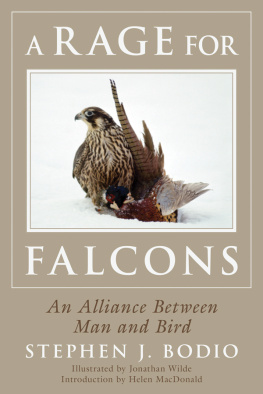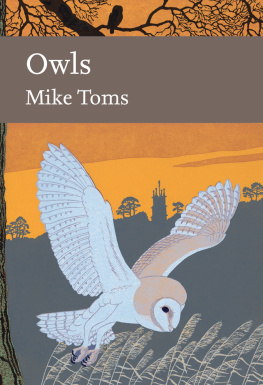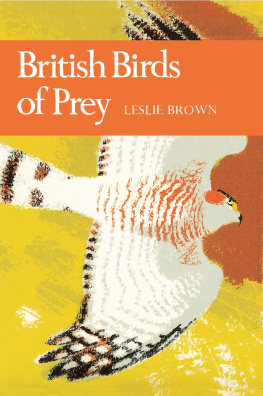Contents
EDITORS
SARAH A. CORBET, S C D
DAVID STREETER, MBE, FIB IOL
JIM FLEGG, OBE, FIH ORT
P ROF . JONATHAN SILVERTOWN
P ROF . BRIAN SHORT
*
The aim of this series is to interest the general
reader in the wildlife of Britain by recapturing
the enquiring spirit of the old naturalists.
The editors believe that the natural pride of
the British public in the native flora and fauna,
to which must be added concern for their
conservation, is best fostered by maintaining
a high standard of accuracy combined with
clarity of exposition in presenting the results
of modern scientific research.

William Collins
An imprint of HarperCollinsPublishers
1 London Bridge Street
London SE1 9GF
WilliamCollinsBooks.com
This eBook edition published by William Collins in 2016
Copyright Richard Sale, 2016
Richard Sale asserts the moral right to be identified as the author of this work.
Photo credits
Except where stated photographs are copyright : Peregrine and Hobby, Richard Sale; Kestrel and Merlin, Graham Anderson, Keith Burgoyne and Richard Sale.
Cover design by Robert Gillmor.
A catalogue record for this book is available from the British Library.
All rights reserved under International and Pan-American Copyright Conventions. By payment of the required fees, you have been granted the non-exclusive, non-transferable right to access and read the text of this eBook on-screen. No part of this text may be reproduced, transmitted, downloaded, decompiled, reverse engineered, or stored in or introduced into any information storage and retrieval system, in any form or by any means, whether electronic or mechanical, now known or hereinafter invented, without the express written permission of HarperCollins Publishers.
Source ISBN: 9780007511419
Ebook Edition June 2016 ISBN: 9780007511433
Version: 2016-06-27
A LTHOUGH THERE ARE ONLY four species of falcon resident in Britain and Ireland, and even if most naturalists are favoured with only occasional encounters with them, the falcons command, even demand, our attention. In the chapters of this New Naturalist on Falcons Richard Sale explains just why.
Readily recognised as birds of prey by their hooked beaks, piercing eyes and formidable talons, falcons are to many perhaps most familiar as constituents of popular falconry centres and displays. However, True Falcons in these cases play a lesser role than other international and more numerous raptors such as hawks, buzzards and even occasional eagles and vultures.
Although they are clearly taxonomically related, we are fortunate that our four falcon species differ so much in distribution and particularly in behaviour. These similarities and differences are woven by Richard Sale into a fascinating and eminently readable text.
Not many years ago, the Kestrel was the commonplace falcon, regularly seen hovering characteristically over roadside, even motorway, verges and rough grassland, but sadly it is now in decline. In contrast, the Peregrine, once a bird of cliff-girt coasts and remote uplands, can now be found by alert observers in many of our larger towns and cities, exploiting the ledges of grand buildings for nesting sites and the humble Feral Pigeons as a source of food. Scanning the list of Peregrine prey species remains from three city nests, the author reports that unsurprisingly the Feral Pigeon was the most numerous, amounting to about 70% by weight, but has some surprises in store with the inclusion, amongst some thirty other quarry species, of Snipe, Woodcock, Golden Plover and even a Little Grebe.
Before discussing each species individually, the author describes our falcons concisely in the context of their related species and subspecies around the globe. Even here there are striking differences among our four resident falcons from the Peregrine, one of the five most cosmopolitan of the worlds birds and with numerous subspecies whose precise relationship is much debated, to the Merlin, which remains an enigmatic moorland and marshland bird, with a pronounced northerly distribution and with little or nothing in the way of near relatives.
The opportunity is still there for many of us to watch a hovering Kestrel (being mindful of road traffic!) and marvel at how static the head and therefore the hunting eyes, with amazing acuity of vision is held despite flapping wings and tail twisting to counter the wind. Likewise, over favoured wetland areas on a summer evening, enthusiasts can enjoy the spectacle of a Hobby catching dragonflies in mid-air before, still in flight, consuming them held in one foot like a child with an ice-cream cone. But the ultimate red-letter day for any birdwatcher, and an extremely rare event for most, is to see a Peregrine at full speed in a diving stoop plummeting towards its unsuspecting prey.
Richard Sale explains in his foreword that his training in physics, with a mathematical slant, provided skills that enhance his discussion of falcon hunting techniques. Linked to a passion for the icy polar regions, this led to ecological studies above the Arctic Circle, where his inbred ornithology re-emerged. There, his observations of hunting Gyrfalcons (only very occasional visitors to Britain and Ireland) led, ultimately, to this book.
This volume is a fascinating and detailed account of a family of spectacular birds and their ways of life. It is a welcome and most worthy addition to the New Naturalist Library.
I N RECENT YEARS THE KESTREL has been added to the Amber list of British birds, a listing which identifies those species with an unfavourable conservation status, because their populations are either small or are in decline. The Kestrel joins the Merlin and the Peregrine on the list; though the populations of these two falcons are thought to be increasing slowly (or, at least, to be stable), in both cases numbers are relatively low, making the species vulnerable. Such vulnerability was well illustrated some fifty years ago, when the increased usage of organochlorine pesticides led to sudden population declines in both Merlin and Peregrine which, if the problem had not been addressed in time, could have been irreversible. It is ironic that of the four British breeding falcons the only one whose population is definitely increasing is the Hobby a bird which, just a few generations ago, was so rare and elusive that a birdwatcher might spend a lifetime of casual observation without seeing one.
This book deals with the four species mentioned above, the four British breeding falcons. Other falcons may occasionally be seen in Britain six further species appear on the latest (8th) edition of the British Ornithologists Union (BOU) British List but the American Kestrel, Amur Falcon, Eleonoras Falcon and Lesser Kestrel are accidentals, with fewer than ten records each, and although the Gyrfalcon and Red-footed Falcon are more often seen, the former occurs only as a migrant, the latter as an increasingly frequent visitor. As non-breeding, occasional visitors, these six species are not considered here.
My interest in birds is life-long, stemming directly from the enthusiasm of my father. An amateur birdwatcher who tailored family holidays and days out around areas rich in birdlife, and timed them with the breeding season, he had hoped that I might follow a career in natural history. But being good at sums led me down a path to a PhD in physics. Birds remained a passion, but one which had to share its time with another, for snow and ice. Ultimately these twin passions took me to the Arctic, and to a shift in career to polar ecology and wildlife. One day, time spent watching hunting Gyrfalcons on Bylot Island in Arctic Canada led to an interest in exactly how the birds were tracking their prey. And that day led, eventually, to this book.

